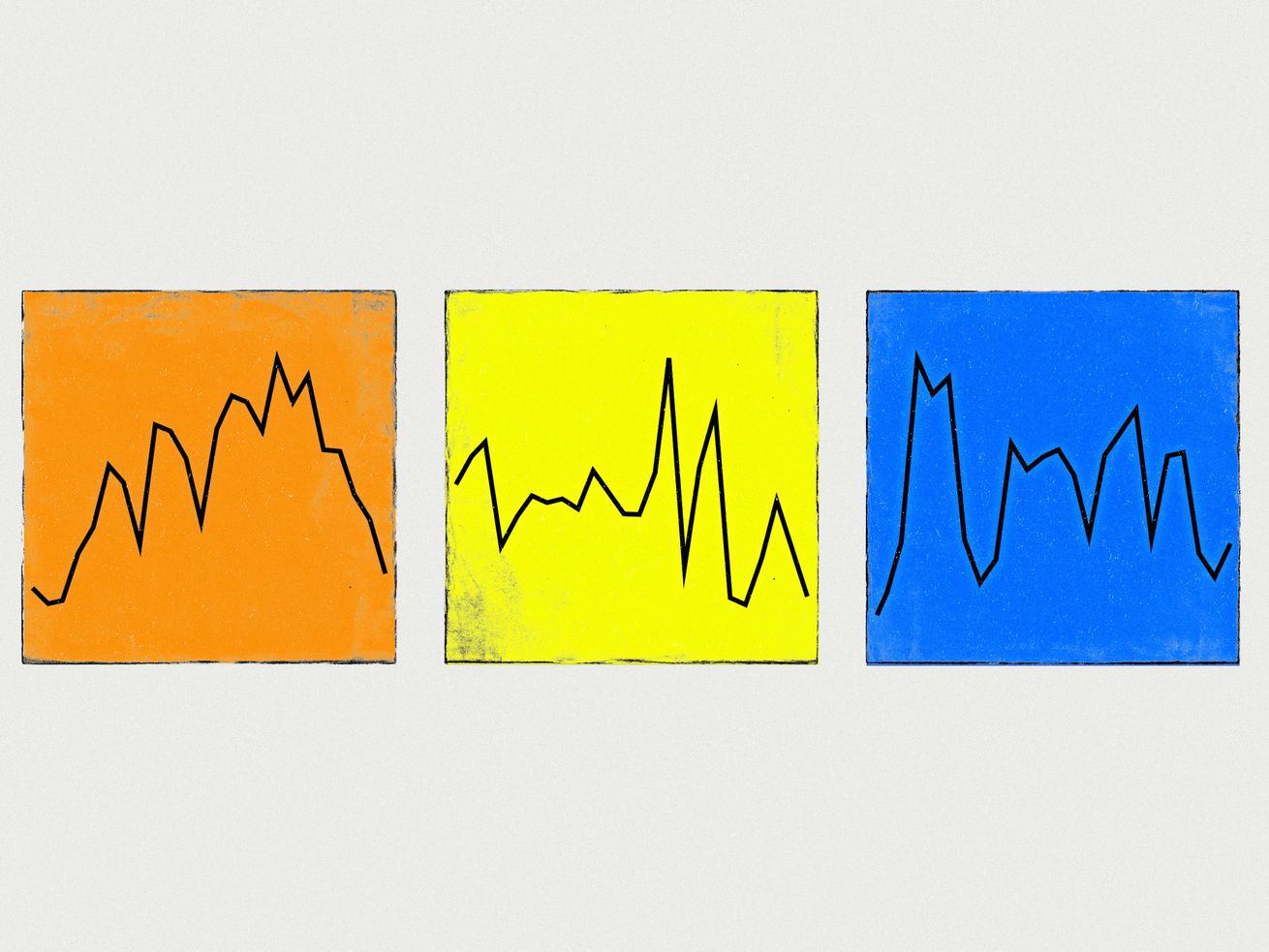
The latest inflation data released on Thursday showed that price increases continued to slow.
Inflation has slowed for six straight months, which is good news for both consumers and economic policymakers.
In December, consumer prices rose 6.5 percent from a year earlier, down from 7.1 percent in November, according to a Consumer Price Index report released on Thursday. The index fell 0.1 percent from the month before after prices picked up by 0.1 percent in November.
The slowdown was mostly a result of declining energy costs as gasoline became less expensive. Used cars and airline fares also fell in price, while gains in food prices slowed. Housing costs, however, continued to climb.
Because it showed inflation slowing down, the report is positive news for Federal Reserve officials, who have been raising interest rates for months to rein in stubbornly high inflation. By lifting rates, the central bank is making borrowing costs more expensive in an attempt to curb consumer demand. That should translate to slower price increases over time as consumers spend less, business investment cools, and firms hire fewer workers.
The Fed is on track to raise rates again at their next meeting at the end of the month, though economic forecasters expect the size of that increase to be smaller than last year’s rate hikes.
Here are three charts that help explain where inflation stands right now.
/cdn.vox-cdn.com/uploads/chorus_asset/file/24355794/e7uIH_energy_prices_fell_sharply_in_december.png)
Energy prices were down 4.5 percent in December, especially gas prices, which slid 9.4 percent on a monthly basis. That’s a bigger decrease than in November, when energy prices declined 1.6 percent and gas prices fell 2 percent.
Gas prices started soaring after demand for oil rebounded from pandemic lows and Russia’s invasion of Ukraine strained energy supplies. Fuel prices have since fallen as oil prices have dropped from last summer’s peaks and the global economy has slowed, dragging down demand for oil.
The average national gas price was $3.27 as of Thursday, according to data from the American Automobile Association. That is about the same as a month ago, when national prices averaged $3.26, but slightly lower than a year ago when average prices were $3.30.
/cdn.vox-cdn.com/uploads/chorus_asset/file/24355790/JkKlD_food_price_increases_are_slowing.png)
In good news for shoppers at the grocery store, increases in food prices are starting to slow after several months of strong gains earlier last year. In December, food prices rose 0.3 percent from the month before, down from 0.5 percent in November. Overall, food prices climbed 10.4 percent from a year earlier.
Consumers paid more for meats, poultry, fish, and eggs, with the index for those items increasing by 1 percent from November to December. Overall fruit and vegetable prices, however, declined by 0.6 percent over the month. The index for dairy and related products also decreased by 0.3 percent.
Food prices have shot up during the pandemic for several reasons. Higher gas prices and labor shortages drove up costs for businesses, which have been passed onto consumers. The war in Ukraine also strained the global food supply, since it disrupted exports of wheat, sunflower oil, and other produce. A deadly avian flu outbreak has also affected millions of birds and hurt the supply of poultry and eggs from commercial farms.
/cdn.vox-cdn.com/uploads/chorus_asset/file/24355796/9PIk0__core_inflation_slightly_picked_up.png)
Fed policymakers pay close attention to “core” inflation, which essentially excludes changes in food and energy prices because they can bounce around each month and might not reflect underlying price trends. In December, core prices rose 0.3 percent from the month before, a slight increase from 0.2 percent in November but still slower than the rapid gains seen earlier in the year. Core prices increased 5.7 percent from a year earlier, down from 6 percent in November.
A large component of core inflation is shelter prices, which rose 0.8 percent in December, up from 0.6 percent the month before. There is reason for optimism, though: Private-sector data suggests that rent prices are already starting to cool. Many private data sources only examine prices for new leases to capture timelier market conditions, while government data also takes into account existing rentals. Since rents typically change when leases expire, which tends to happen annually, changes in rent prices can show up with a lag in government data. That has led economists to expect shelter prices to ease in the coming months.
“The rate for new leases is coming down,” Fed chair Jerome Powell said at a press conference in December. “So, once we work our way through that backlog, that inflation will come down sometime next year.”
Fed officials also pay attention to other categories within core inflation. Fed policymakers have said they want to see inflation ease more for core services excluding housing, since that could better reflect how wage growth is impacting inflation.
Economists also want to see price growth for core goods continue to slow. Earlier in the pandemic, consumers shifted spending away from services and instead bought more goods like exercise bikes and work-from-home equipment. That spike in demand, coupled with supply chain disruptions, resulted in a surge in goods prices. Americans are now spending more on services again, which has helped cool price increases for goods.
